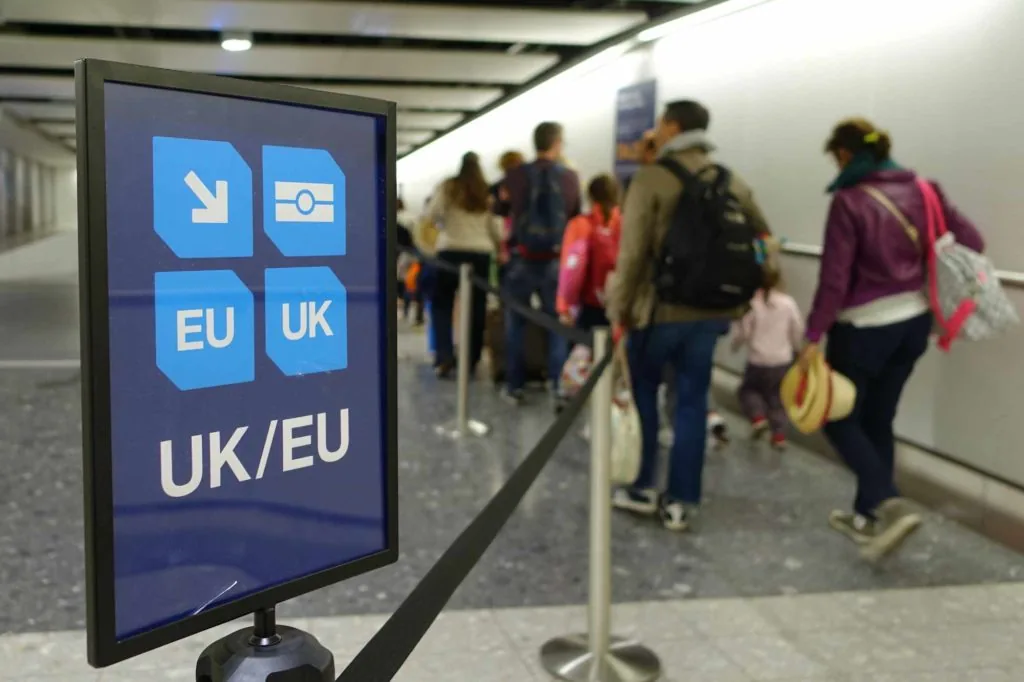
Employees with childcare problems in Lockdown #3 – what are your options?

We all bump into the New Year with a visit straight back to the chaos of school closures that we saw early in 2020, but with less notice.
The problem: school closures.
The Government decided before Christmas that all secondary schools would be closed this week with a staggered return for year groups thereafter. Now, following the Prime Minister's announcement of a new national lockdown last night, both primary and secondary schools will remain closed throughout January and until at least 15th February (with the exception of a skeleton service for key workers' children). Further, even if the lockdown is lifted at the mid-February review, some areas may then revert to tiers that mean schools still stay shut.
A sudden return to children being predominantly home schooled for an indeterminate period of time will have an impact on many workforces. Employees who have younger children in particular may find themselves unable to attend the workplace and/or to work from home (depending on their job and circumstances).
This is obviously compounded by the lack of other childcare options – unvaccinated grandparents and older relatives and neighbours will be considered to be at too high a risk to step in and help where they may usually do so and some restrictions may prevent this from being an option in any event.
What are your options?
You options with regard to employees who find themselves unable to work again owing to childcare requirements are broadly as follows:
Working from home and/or adjusted hours.
This will work better for some roles than others – and in some cases it may depend on the period of time being considered (as it might work as a compromise for a very temporary period only).
Annual leave.
If there is an expectation that the childcare issue will be short term, some or all of the time off that needed might be agreed to be taken as paid annual leave.
Furlough.
Even if you had stopped making use of the CJRS furlough scheme some time ago (because perhaps your business was faring well notwithstanding continuing restrictions), this does not mean that you cannot now make use of the furlough scheme for employees who cannot work owing to childcare needs arising from school shutting.
You are entitled to claim under the CJRS furlough scheme (to reimburse the costs of furloughing an employee) if your employment activities have been adversely affected by the coronavirus and coronavirus disease or the measures taken to prevent or limit its further transmission. In the government guidance this is summarised as follows: "if you cannot maintain your workforce because your operation have been affected by coronavirus, you can furlough employees".
Employees who cannot work because of childcare responsibilities linked to school closures (or self-isolation of children etc) would therefore fit within the purpose of the CJRS furlough scheme.
You can fully or flexibly furlough any worker/employee who was employed on 30 October 2020 (meaning you made an PAYE RTI submission for them between 20 March 2020 and 30 October 2020). You do not need to have previously claimed for the employee under the scheme. You can claim 80% of their usual salary for hours not worked, up to a maximum of £2,500 per month) – and it has been confirmed this rate will remain in place until 30 April 2021.
You are not obliged to furlough eligible employees – it is a choice for the business to make. If you do agree to do so, be careful to get agreements in place with employees before they commence the furlough leave. You can also consider requiring furloughed employees to take some of their annual leave whist furloughed.
You will need to decide whether you want to advertise the ability to be furloughed in such circumstances (to actively manage the issue and map out workforces now) or simply to dal with cases on an ad hoc basis (perhaps where you wish to try to limit the number of employees seeking furlough).
If your business has decided not to make use of the furlough scheme for PR reasons (perhaps because the financial impact has not been great on your business so far) you might need to revisit whether you wish to maintain that approach or vary it. You could also consider private furlough arrangements (where you as employer cover an agreed proportion of costs).
Unpaid parental leave.
Employees who have one year's service have a statutory right to up to 4 weeks unpaid parental leave per child. You can also agree unpaid leave (for any reason) for employees with less service and/or more unpaid leave. However, this is unattractive to employees because it is unpaid – and the sense of disgruntlement is likely to be enhanced given the availability of the CJRS furlough scheme which would otherwise give the employee a substantial portion of their salary and carry small costs for employers.
There is also a statutory right to emergency time off for dependents – but this envisages a short period of time off to deal with unforeseen emergencies only. Nevertheless, detrimental treatment to, or dismissal of, an employee who has sought emergency time off for dependents can give rise to claims and employment tribunals are likely to be sympathetic as to how long they think an employee should have taken to fund alternative childcare in the current circumstances.
Avoiding discrimination claims.
Whichever options you decide to make available, it's advisable to assess the impact of the decision on groups of employees ( such as those with caring responsibilities, underlying ill health conditions, older workers or BAME employees) and ensure that the policy does not have a disproportionate impact that could give rise to claims of indirect discrimination.
For example, making furlough available to employees who cannot attend work due to underlying ill health conditions but not those who have caring responsibilities could result in complaints of discrimination towards female employees who may be able to establish that they are statistically more likely to be impacted by school closures and lack of childcare.
It is however your choice whether to make furlough available and if you choose not to offer furlough employees cannot bring any claims compelling the business to offer it as an option on an individual basis.













